5億包辛拉麵和H Mart們的崛起:亞洲超市如何重塑美國
Don’t Call It an ‘Ethnic’ Grocery Store
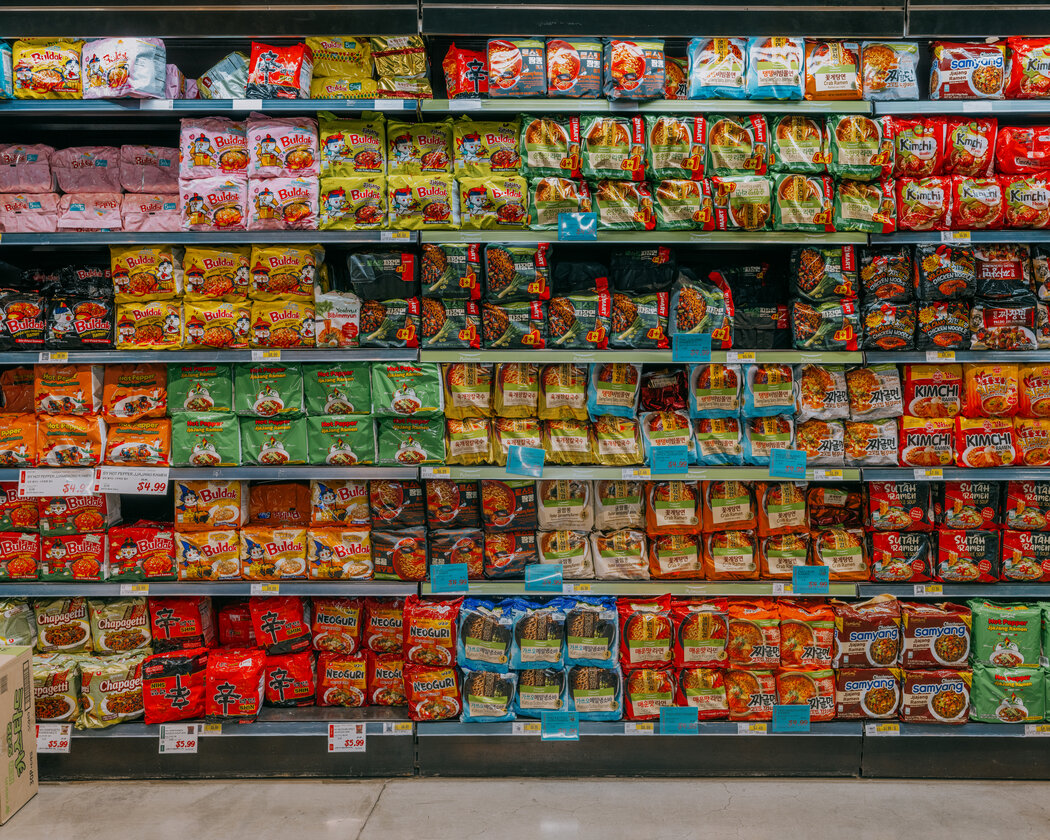
Last year, Americans bought half a billion packets of Shin Ramyun, the spicy, beefy Korean instant noodle. The bold red-and-black packaging feels inescapable: It’s a staple of college dorm rooms, bodegas, middle-of-the-country Walmarts and viral TikTok videos.
去年,美國人購買了5億包辛拉麵,這是一種辛辣、牛肉味十足的韓國方便麵。亮眼的紅黑色包裝讓人難以忽視:它是大學宿舍、雜貨店、美國中部的沃爾瑪和熱門TikTok影片中的主要食物。
But 30 years ago, the noodles were largely unknown in the United States. No grocery store would stock them, said Kevin Chang, the director of marketing for Nongshim, Shin Ramyun’s parent company. Except, that is, for a few small Korean grocers, including a fledgling shop in Woodside, Queens, called H Mart.
但30年前,這種方便麵在美國基本上不為人知。辛拉麵母公司農心的營銷總監凱文·張(音)說,沒有一家雜貨店願意進辛拉麵。除了幾家韓國小雜貨店,包括皇后區伍德賽德一家名為H Mart、當時剛剛起步的小店。
In the 1970s and ’80s, as Asian immigration to the United States soared, grocers like H Mart; Patel Brothers, an Indian grocery founded in Chicago; and 99 Ranch Market, originally focused on foods from China and Taiwan, opened to meet the demand for ingredients that tasted like home. These were tiny mom-and-pop shops in suburban strip malls or outer boroughs with large Asian immigrant populations. They weren’t fancy, but they were vital to their communities.
廣告
Now, those same shops have transformed into sleekly designed chains with in-store roti machines, mobile ordering apps and locations across the country — all aiming to serve the fastest growing ethnic group in the United States and the millions of others who now crave flavors like Shin Ramyun, chili crisp, chaat masala and chai.
現在,這些商店已經變成了設計時尚的連鎖店,店內設有印度烙餅機,開發了手機下單應用程序,門店遍布全美各地——所有這些都旨在服務於美國增長最快的族裔群體和數以百萬計其他渴望辛拉麵、辣醬、瑪莎拉小食和印度奶茶等口味的人。
The H Mart of today is a $2 billion company with 96 stores and a namesake book (the best-selling memoir “Crying in H Mart,” by the musician Michelle Zauner). Last month, the chain purchased an entire shopping center in San Francisco for $37 million. Patel Brothers has 52 locations in 20 states, with six more stores planned in the next two years. 99 Ranch opened four new branches just last year, bringing its reach to 62 stores in 11 states. Weee!, an online Asian food store, is valued at $4.1 billion.
如今的H Mart是一家市值20億美元的公司,擁有96家門店,還出現在一本書的書名裡(音樂人米歇爾·佐納的暢銷回憶錄《在H Mart哭泣》[Crying in H Mart])。上個月,該連鎖店以3700萬美元收購了舊金山的一整座購物中心。帕特爾兄弟在20個州擁有52家門店,並計劃在未來兩年內再開設六家門店。大華超市去年開設了四家新分店,使其在11個州的門店數量達到62家。線上亞洲食品商店Weee!的估值為41億美元。
Asian grocery stores are no longer niche businesses: They are a cultural phenomenon.
亞洲雜貨店不再是小眾生意:它們是一種文化現象。
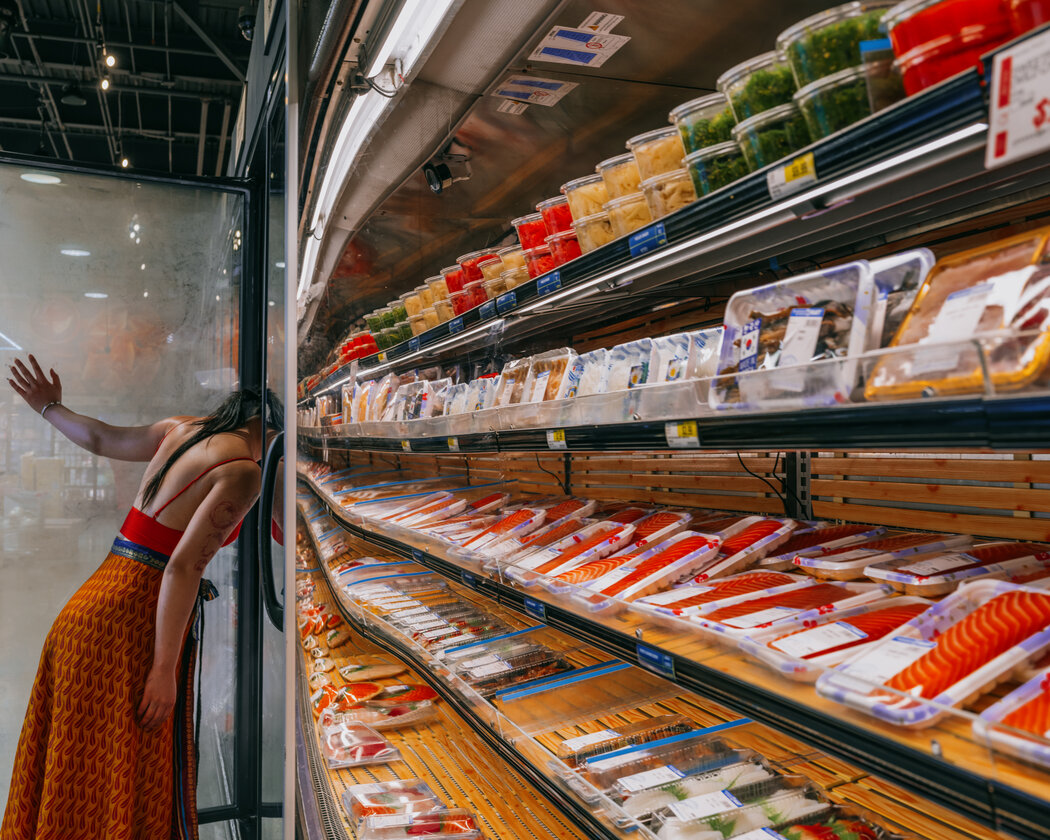

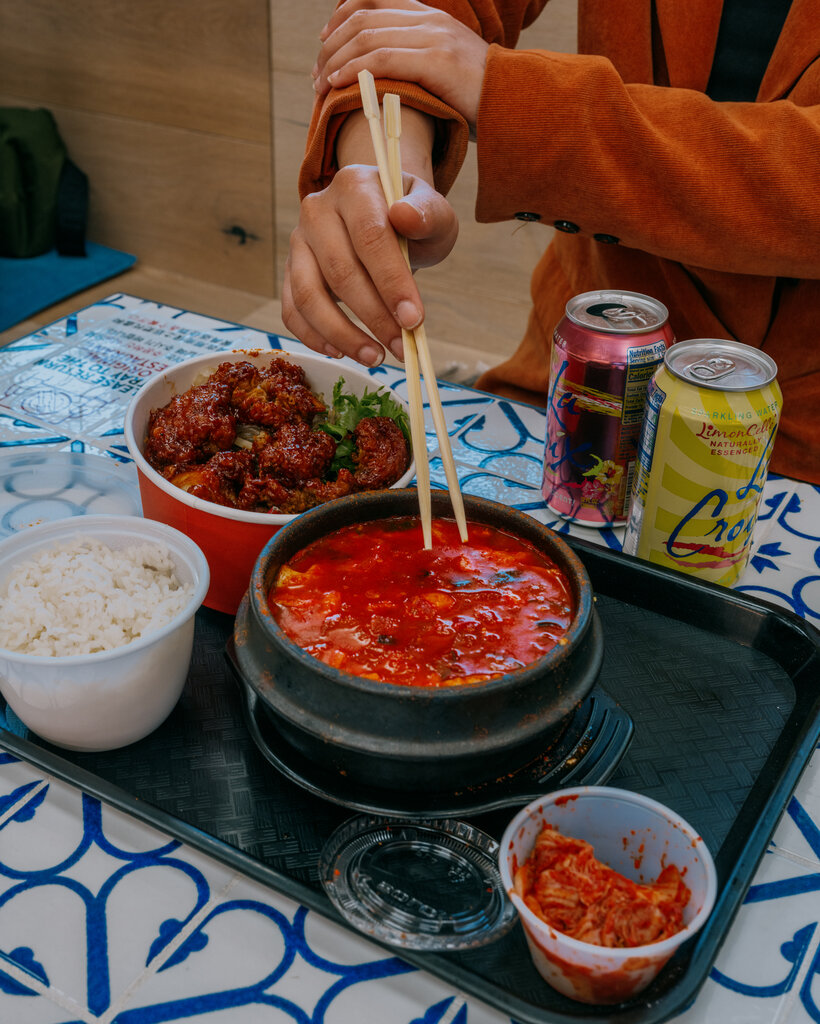
Turning specialties into staples
將特色食品變成主流
Despite their recent growth, Asian American grocers still represent less than one percent of the total U.S. grocery business, which is dominated by retailers such as Kroger and Walmart, said Dymfke Kuijpers, a senior partner at the consulting firm McKinsey who specializes in retail. But these stores exercise an outsize impact, she said, as they dictate which products the big-box chains stock.
諮詢公司麥肯錫專注零售業分析的高級合伙人德姆夫克·奎珀斯表示,儘管亞裔美國雜貨店數量最近有所增長,但它們在美國整個食品雜貨業務中所佔比例仍不到1%,克羅格和沃爾瑪等零售商則佔據主導地位。但她表示,這些雜貨店的影響力巨大,因為它們可以左右大型連鎖店對庫存產品的選擇。
Americans have become deeply enamored with Asian flavors: From April 2023 to April 2024, sales of items in the “Asian/ethnic aisle” in U.S. grocery stores grew nearly four times more than overall sales, according to the data analytics company Circana. And more than any restaurant, cookbook or online video, Asian grocers are driving this shift.
美國人已經深深迷戀上了亞洲風味:根據數據分析公司Circana的數據,從2023年4月到2024年4月,美國雜貨店「亞洲/民族食品區」商品的銷售額增長是整體銷售的四倍。與任何餐廳、食譜或在線影片相比,亞洲雜貨店在推動這一轉變中發揮了更大的作用。
廣告
“They are the vanguard of mainstreaming,” said Errol Schweizer, who was the vice president of grocery at Whole Foods Market from 2009 to 2016. Miso, ghee, turmeric, soy sauce — their journeys to becoming widely available pantry staples all began with an Asian grocer.
“Without Asian grocery stores, it is extremely hard to get into the mainstream market,” said Mr. Chang, from Nongshim. They make accessible those ingredients that people grew up with, ate in a restaurant or saw online, he said. Brian Kwon, the president of H Mart, said he’s used to seeing employees from major grocers show up at one of his stores and note down which brands are available.
「沒有亞洲雜貨店,進入主流市場就極其困難,」來自農心食品的凱文·張說。這些雜貨店讓人們從小吃到大、在餐館吃過或在網上看到過的食材變得觸手可及,他說。H Mart總裁布萊恩·權(音)表示,對於看到大型雜貨店的員工出現在他旗下的某家商店記下有哪些品牌的情況,他已經見怪不怪了。
But H Mart is attracting the clientele of the big grocers, too. Thirty percent of its shoppers today are non Asian, Mr. Kwon said, and he’s made changes to continue drawing them as the company expands into areas with smaller Asian populations — placing more emphasis on in-store tastings, explaining how ingredients are used and posting signs in both Korean and English. Similarly, at 99 Ranch, the announcements ring out in Mandarin and English, and Western music has been added to the store playlists.
但H Mart也在吸引大型雜貨店的顧客。權先生說,如今30%的顧客不是亞裔,隨著公司向亞裔人口較少的地區擴張,他做出了一些改變,以便繼續吸引非亞裔顧客——更注重店內試吃,解釋食材的使用方法,並在標識中使用韓英雙語。同樣,大華超市也用中文和英文播放廣播,店內音樂播放列表中也加入了西方音樂。
Swetal Patel, a partner at Patel Brothers, said that as the chain has expanded its audience — he estimates that 20 to 25 percent of shoppers are now non South Asian — stores now look more like a Whole Foods, with wide aisles and glass windows. “It is not your mom and dad’s Indian grocery store anymore.”
帕特爾兄弟的合伙人斯威特爾·帕特爾說,隨著該連鎖的受眾擴大——他估計現在有20%到25%的購物者是非南亞裔——該店現在看起來更像全食超市,有寬闊的過道和玻璃窗。「這裡不再是印度夫妻雜貨店了。」
This evolution has not been welcomed by everyone.
並不是所有人都歡迎這種演變。
Toral Dalal, a retired financial planner in Fulton, Md., said she used to frequent a small Indian store run by a husband-and-wife team she befriended — until a Patel Brothers opened nearby in 2019, and the shop closed in part because it couldn’t compete on price. While she does shop at Patel Brothers, she said, “it feels like a chore.” She very rarely buys anything new, and she doesn’t know any of the store employees. “It is impersonal.”
馬里蘭州富爾頓的退休理財規劃師托拉爾·達拉爾說,她以前經常光顧一家她認識的印度夫婦開的小店,直到2019年帕特爾兄弟在附近開了一家店,那家夫妻店關閉的部分原因是它在價格方面無法競爭。雖然她也在帕特爾兄弟購物,但她說,「感覺就像一件苦差。」她很少嘗試新的東西,也不認識店裡的任何一個員工。「太沒有人情味。」
She lamented: When did the Indian grocery store get so corporate?
她哀嘆道:印度雜貨店什麼時候變得如此公司化了?
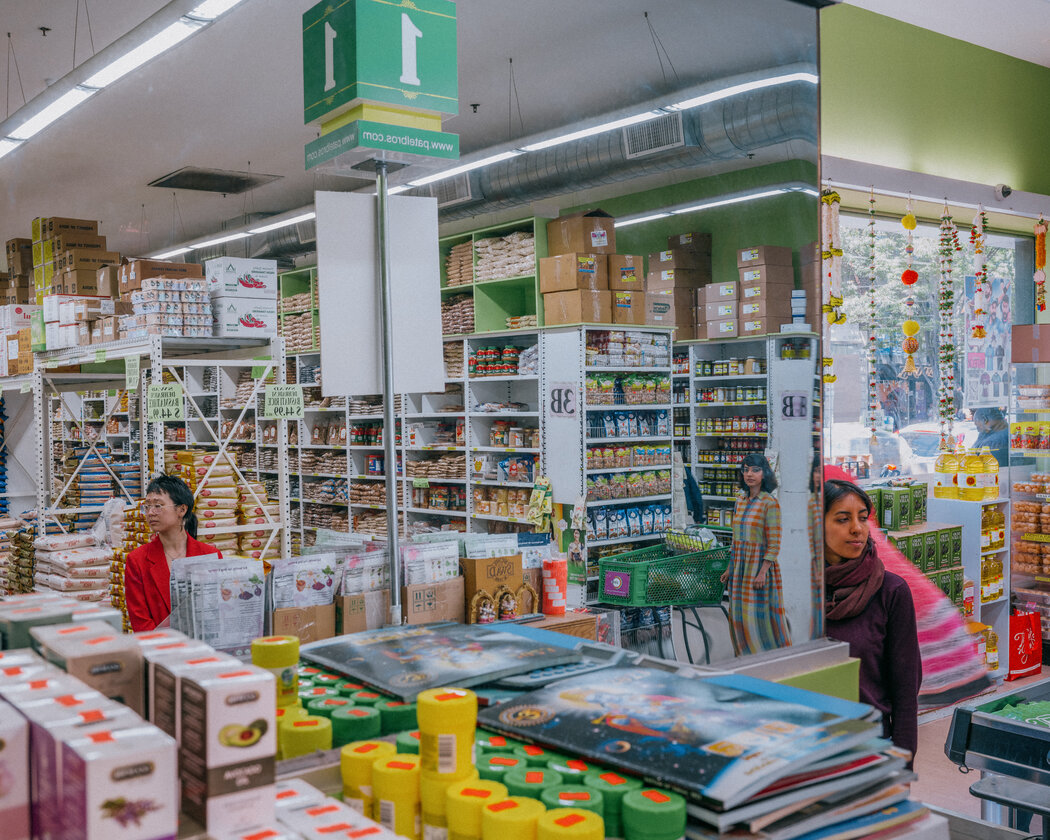
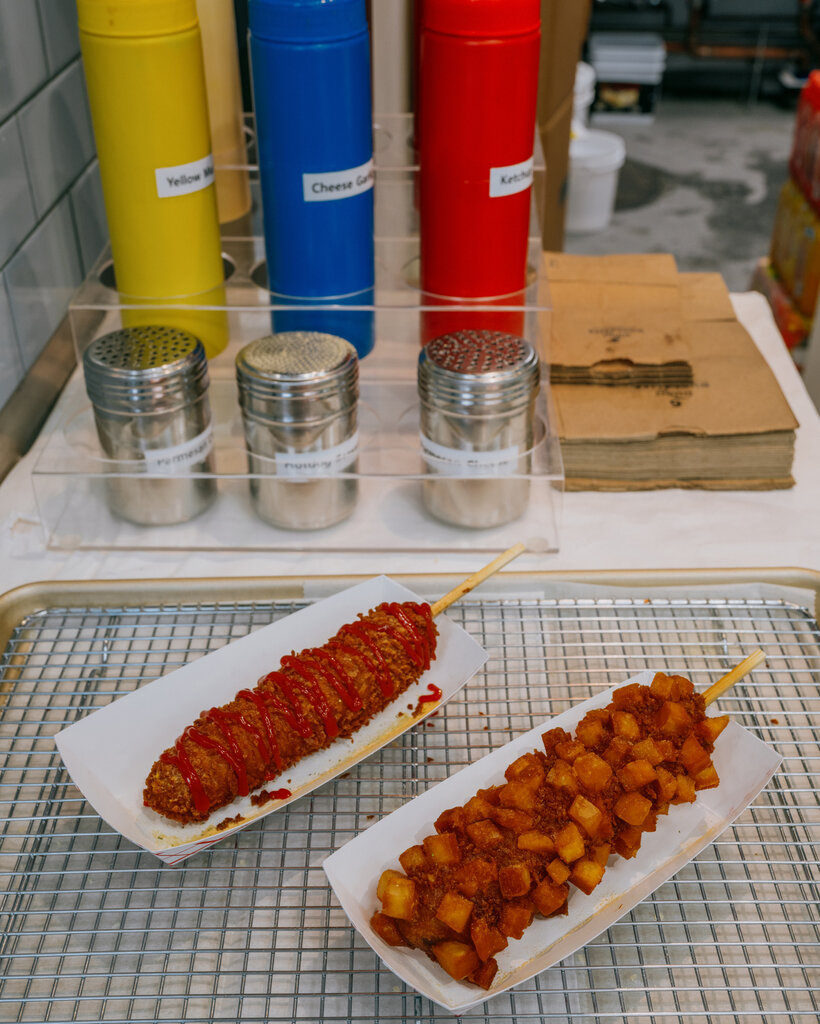
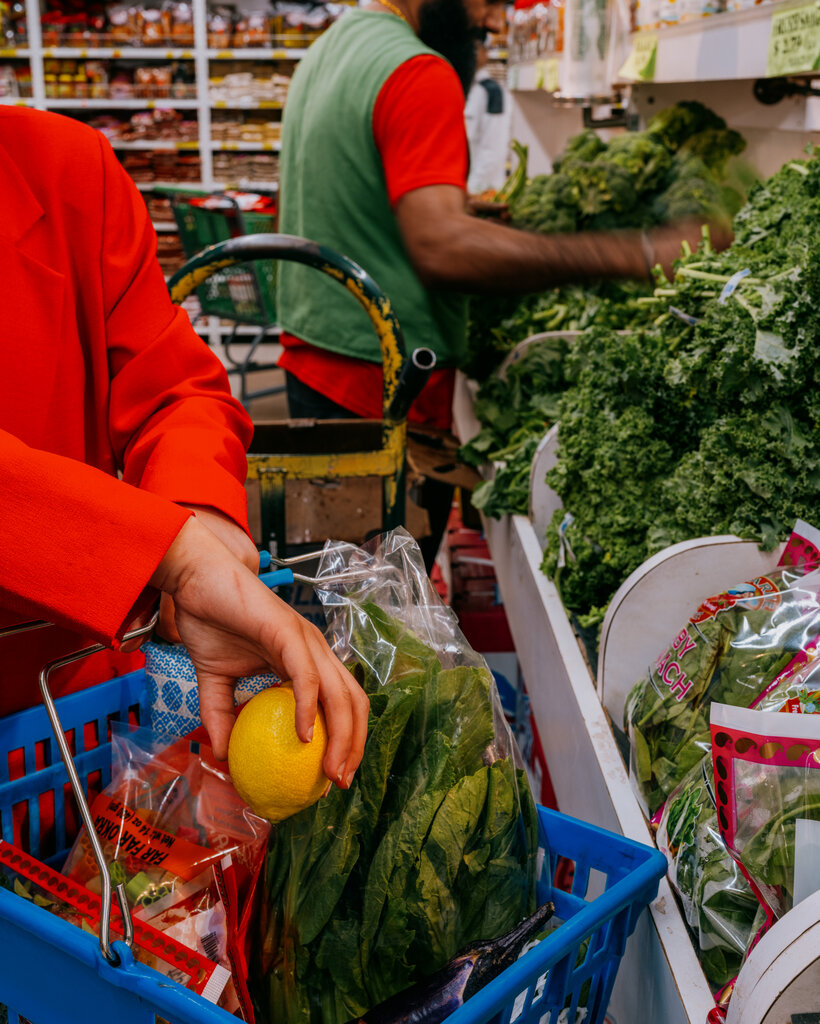
‘The feeling of being home’
「家的感覺」
Even as many Asian grocers have adapted to their changing customer bases, they insist that the communities that got them started remain top of mind.
儘管許多亞裔食品零售商已經適應了不斷變化的客戶群,但他們堅持認為,讓他們創業起步的社區仍然是最重要的。
廣告
At the Dallas-based chain India Bazaar, for example, organic lentils are on offer, and the bhakri is labeled gluten free — tweaks that not only help bring in non South Asians, but also keep the store relevant for second-generation South Asians, said Anuja Ranade, the chief operating officer.
例如,在總部位於達拉斯的連鎖超市印度芭莎,出售有機小豆,巴凱瑞薄餅上標著不含麩質的標籤——首席運營官阿努賈·拉納德說,這些調整不僅有助於吸引非南亞裔,還能讓這家店與第二代南亞裔保持聯繫。
South Asians will always be the priority, said Ms. Ranade, even as store design or product packaging might evolve.
拉納德說,即使商店設計或產品包裝可能會發生變化,南亞裔將永遠是優先考慮的對象。
“It is about the feeling of being home when they walk into my store,” she said. The shops still smell of spices and the employees speak various South Asian dialects and wish customers a happy Diwali — “because when you go to Walmart, they say, ‘Merry Christmas! Happy Thanksgiving!’”
「當他們走進我的店時,會有家的感覺,」她說。商店裡仍然散發著香料的味道,員工們說著各種南亞方言,祝顧客排燈節快樂——「因為當你去沃爾瑪,他們會說,『聖誕快樂!感恩節快樂!』」
That authenticity is precisely the appeal for many non Asian customers as well.
這種地道的感覺也吸引了許多非亞裔顧客。
“I find it fascinating that there are things on the shelf that I have no idea what they are,” said Jill Connors, an economic development director for the city of Dubuque, Iowa, who started shopping at Hornbill Asian Market earlier this year because she and her husband became vegan and wanted high-quality tofu at a reasonable price.
愛荷華州迪比克市政府的經濟發展主管吉爾·康納斯今年早些時候開始在犀鳥亞裔市場購物,因為她和丈夫都是純素食者,想買價格合理的高質量豆腐。她說,「貨架上有些東西,我不知道它們是什麼,我覺得很神奇。」
The sheer variety of foods to explore “brings more joy to the shopping and cooking process,” said Alexine Casanova, a nonprofit operations manager in Hamden, Conn., who shops at G Mart and Farmer’s India Market.
廣告
Sheil Shukla, who lives in the Chicago area and wrote the cookbook Plant-Based India, said the wide popularity of stores like Patel Brothers has given him more flexibility as a recipe developer. “It has made me not shy away from using traditional ingredients,” he said. “If I were developing my cookbook 10 years ago, I probably wouldn’t have a garam masala recipe in there because I wouldn’t think anyone would actually make it.”
These chains have also paved the way for more regionalized Asian grocery stores, like the Taiwanese shop Yun Hai in Brooklyn or Sua Superette, a Sichuan marketplace in Los Angeles — both run by second-generation Asian Americans.

“We are building on the work that previous people, like 99 Ranch, have done before,” said Lisa Cheng Smith, the founder of Yun Hai. “Without them, we wouldn’t be able to go to this next level of specialization.”
「我們是在前人的努力基礎上發展起來的,比如大華超市,」雲海的創始人鄭衍麗說。「沒有他們,我們就無法達到更高的專業化水平。」
Many customers said they still missed the original stores — the humble community anchors where they hung out as children, or that made them feel welcome in their first years in a new country. But even as they expand, many of these grocers continue to function as so-called third places, spaces for social gathering. Mary Anne Amper, a Filipino American genetics researcher in Astoria, Queens, said she plans trips to H Mart with her Asian American friends; they catch up as they wander the aisles looking at snacks.
許多顧客說,他們仍然懷念原來的商店——那些他們小時候常去的不起眼的社區中心,或者那些讓他們在一個新國家的頭幾年感到溫暖的地方。但即使在擴張的同時,這些店中有許多仍然充當著所謂的第三場所,即社交聚會的空間。瑪麗·安妮·安珀是皇后區阿斯托里亞的一名菲律賓裔美國人遺傳學研究員,她說她會和她的亞裔朋友約好一起去H Mart;他們在過道裡閑逛,尋找零食,聊得很開心。
Kat Lieu, the Seattle-based author of the cookbook Modern Asian Baking at Home, said she didn’t mind the influx of non Asian customers into these spaces.
西雅圖烹飪書《現代亞裔家庭烘焙》(Modern Asian Baking at Home)的作者劉吉說,她不介意非亞裔顧客湧入這些空間。
“In an Asian grocery store I feel like a queen,” she said. “If I see a confused white person, I am like, ‘That’s the best soy sauce.’”
「在一家亞裔雜貨店裡,我感覺自己像個女王,」她說。「如果看到一個困惑的白人,我會介紹說,『這是最好的醬油。』」










